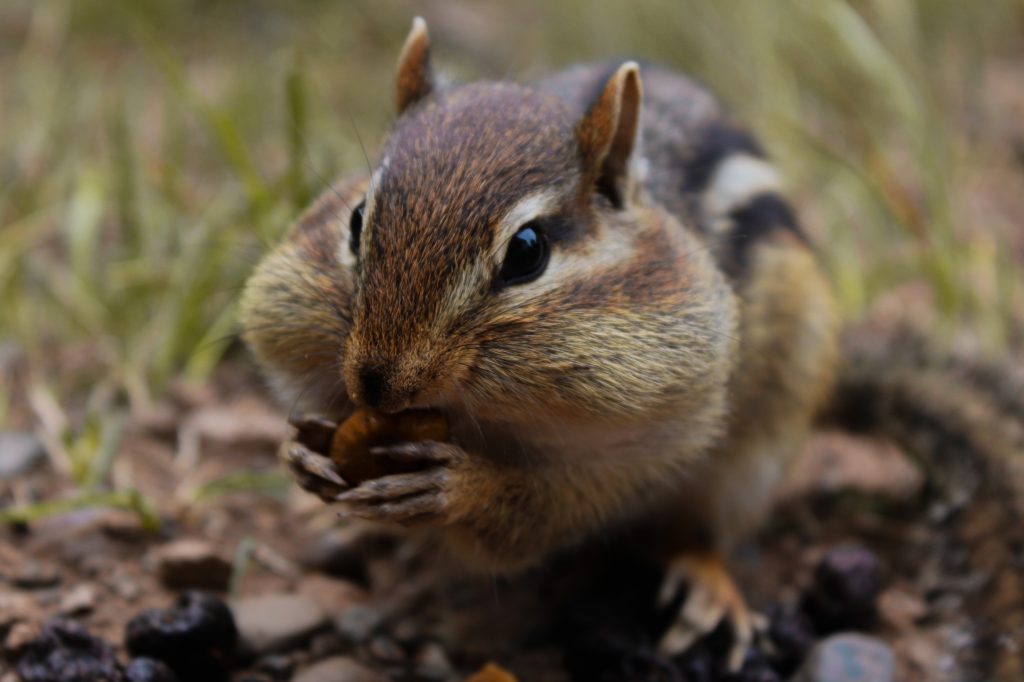What is foraging?
Foraging is the act of gathering resources, like food, from the environment. It may be the most ancient and widespread activity that inspired animals to evolve natural intelligence. Foraging has traditionally been studied by ecologists and animal behaviourists, but it has recently gained traction among neuroscientists and artificial intelligence (AI) practitioners. This is due to its potential as a rich source of inspiration for developing algorithms and models that provide deeper insight into adaptive decision-making by both animals and AI.
What is optimal foraging theory?
The optimal foraging theory (OFT) is a behavioral concept that proposes that natural selection shapes the foraging behaviors of organisms to maximize their efficiency (i.e., energy intake per unit of time) while considering trade-offs between time, risk, and resource availability.
For instance whether to include a discovered food item in a diet or not, or, when to leave a patch of resources to look for something better. A variety of animals such as starlings, honey bees, macaque monkeys, and whales have been shown to comply with this theory. How neural activity in the brain leads to the solutions prescribed by the OFT is what has led to the excitement in the AI community.
Foraging and decision-making
While analyzing neural data from macaque monkeys, researchers found that neurons in the dorsal anterior cingulate cortex (a region important for cognitive control and decision-making) display evidence accumulation mechanisms to decide when should the monkey leave a patch of resources. The evidence accumulation mechanism has been proposed as one of the most fundamental techniques used by animal brains in decision-making. In this mechanism, when a group of brain cells reaches a certain level of activity, they make a decision, such as determining when it’s time to leave a place with limited resources. By changing the value of this threshold or the speed at which the threshold is reached, the brain chooses to leave the patch sooner or later. Figuring out how the brain makes these decisions and what is the best time to do so is crucial for understanding how decision-making works.
AI foragers
We can learn from animal brains foraging to design even better artificial intelligence. For example, in recent research, AI learned to forage according to the OFT, similar to what has been observed in macaque monkey brains. Again, by modulating the value of resources in the simulated environment, we can predict how the brain dynamics of the artificial agent will change. Thus, by using such modeling approaches, the behavior of AI can become more predictable. Although the foraging theory has existed for quite some time now, we are just beginning to realize its potential in the domains of neuroscience and artificial intelligence.
Credits
Author: Siddharth Chaturvedi
Buddy: Viola Hollestein
Editor: Christienne Damatac
Translator: Maartje Koot
Editor translation: Lucas Geelen
image by Miah from Unsplash
